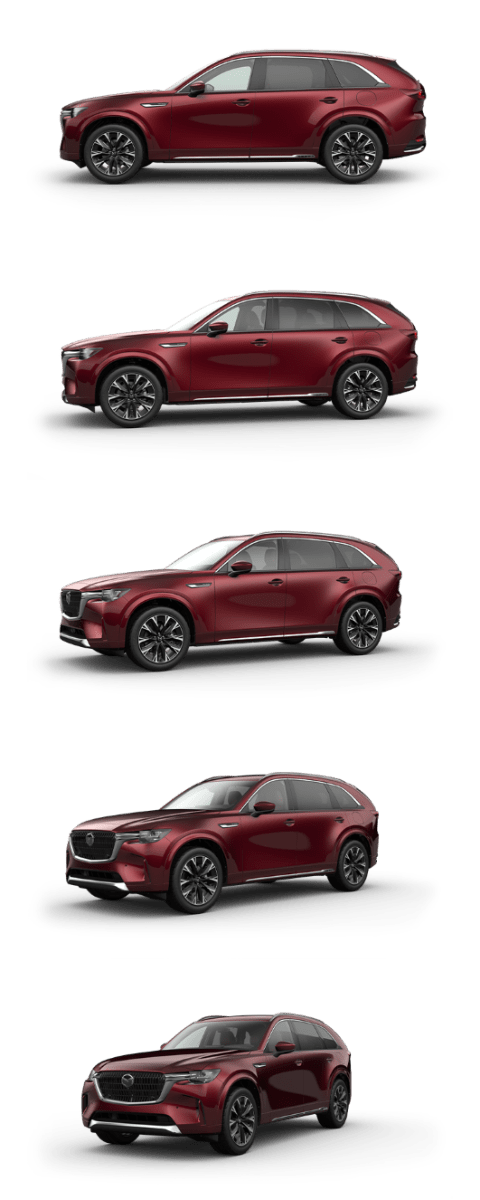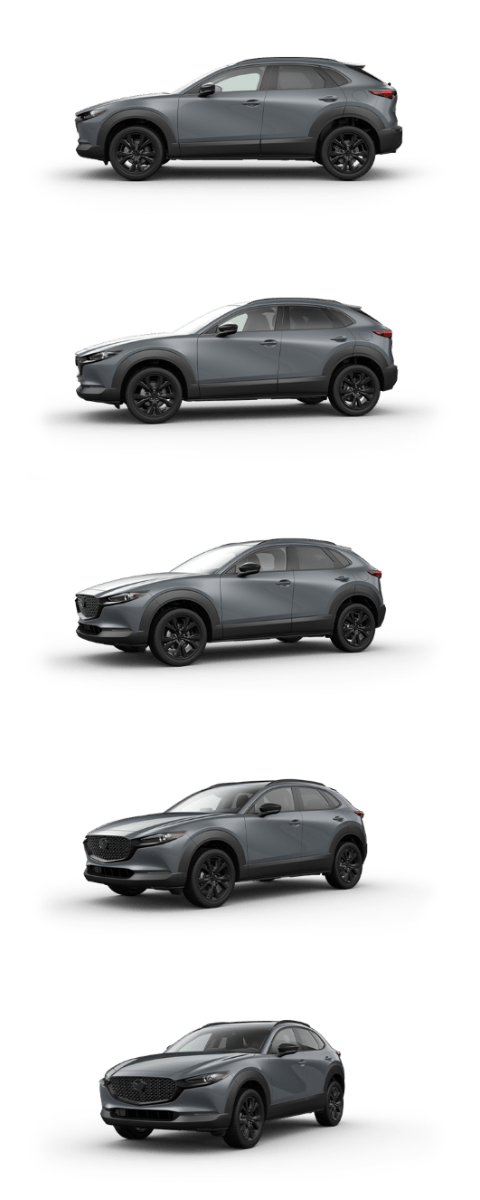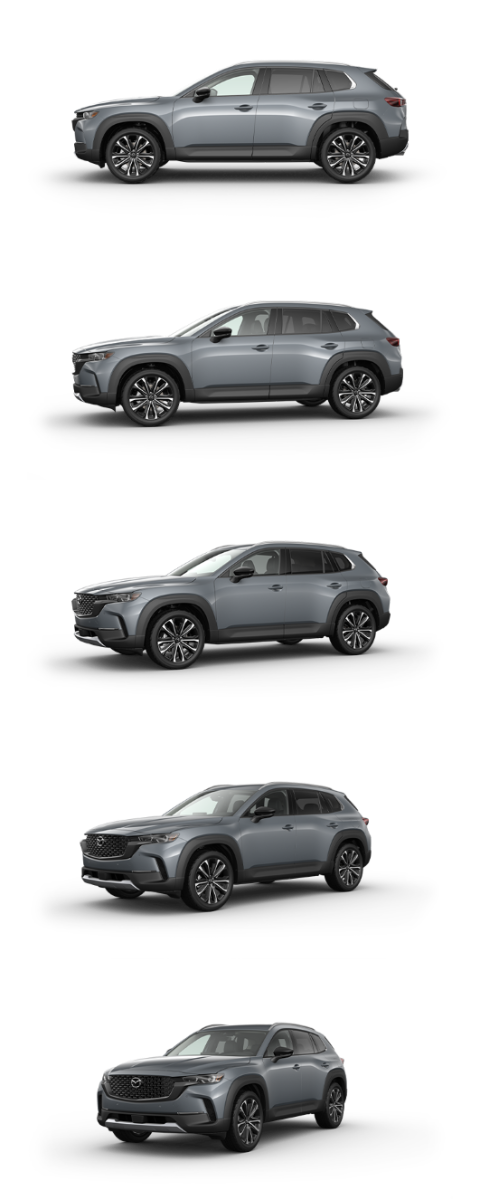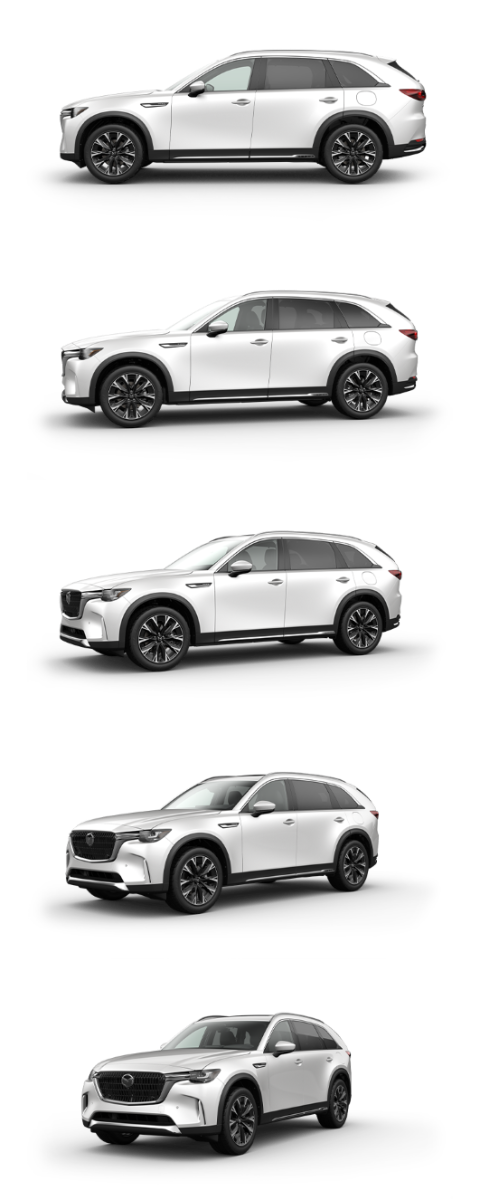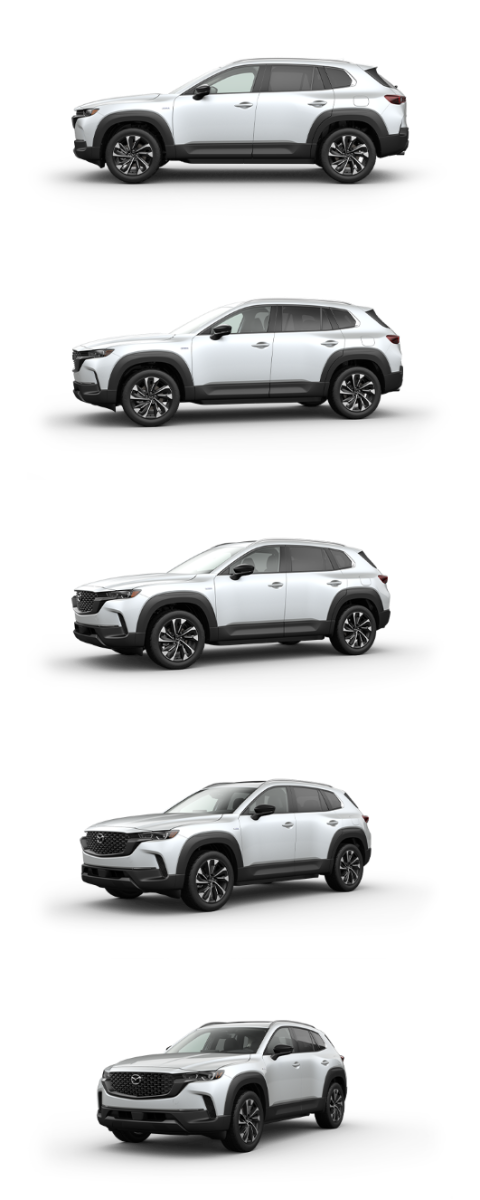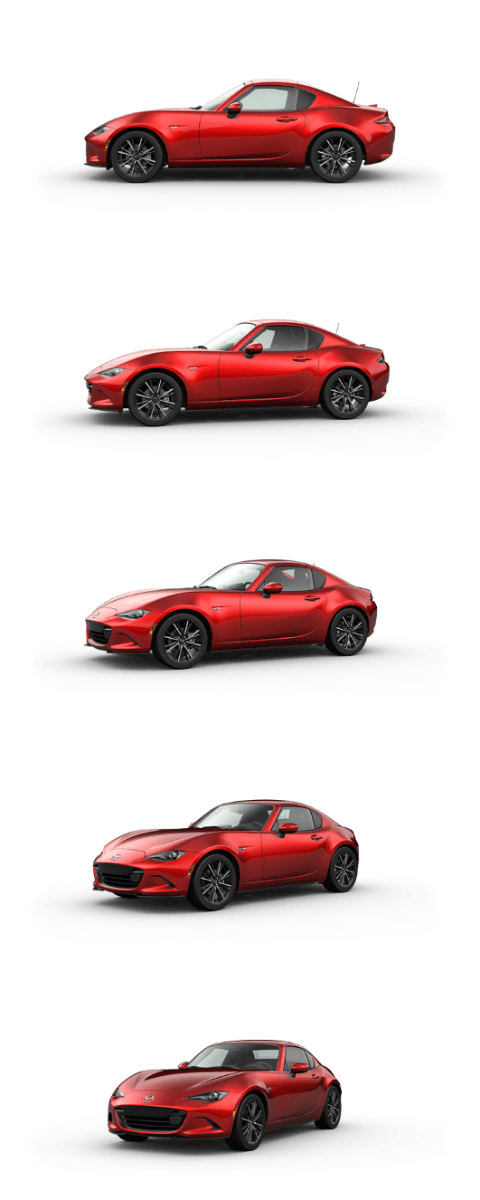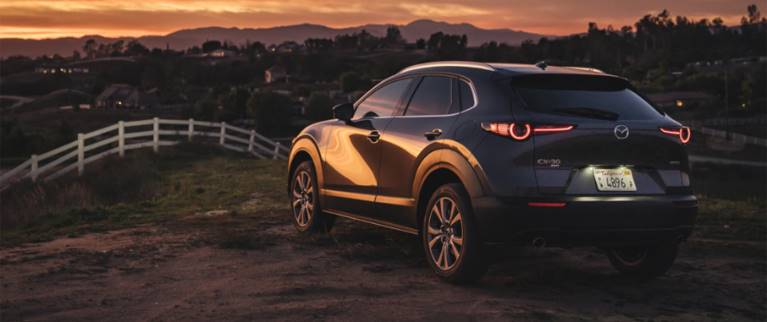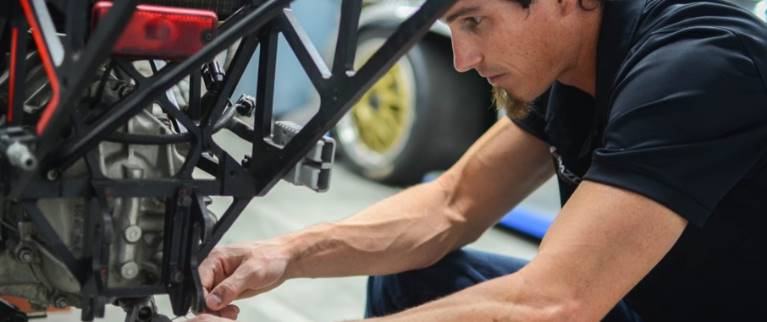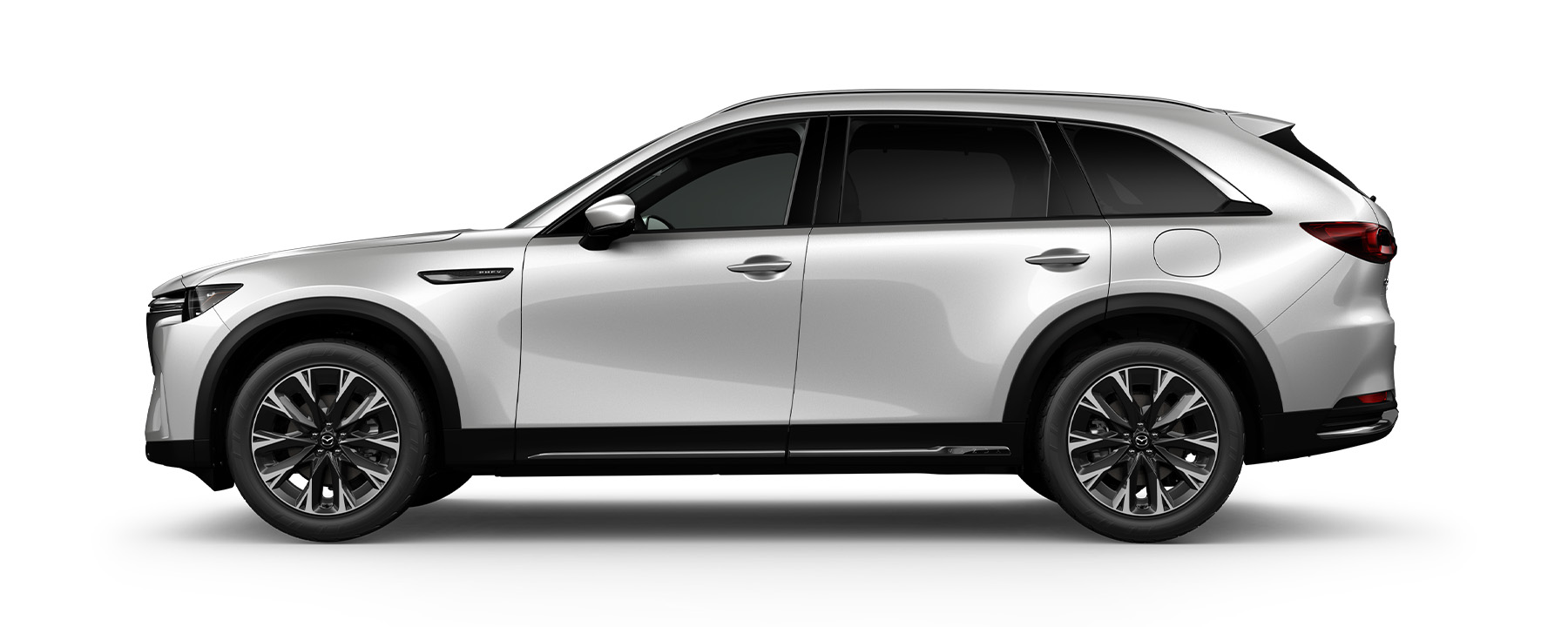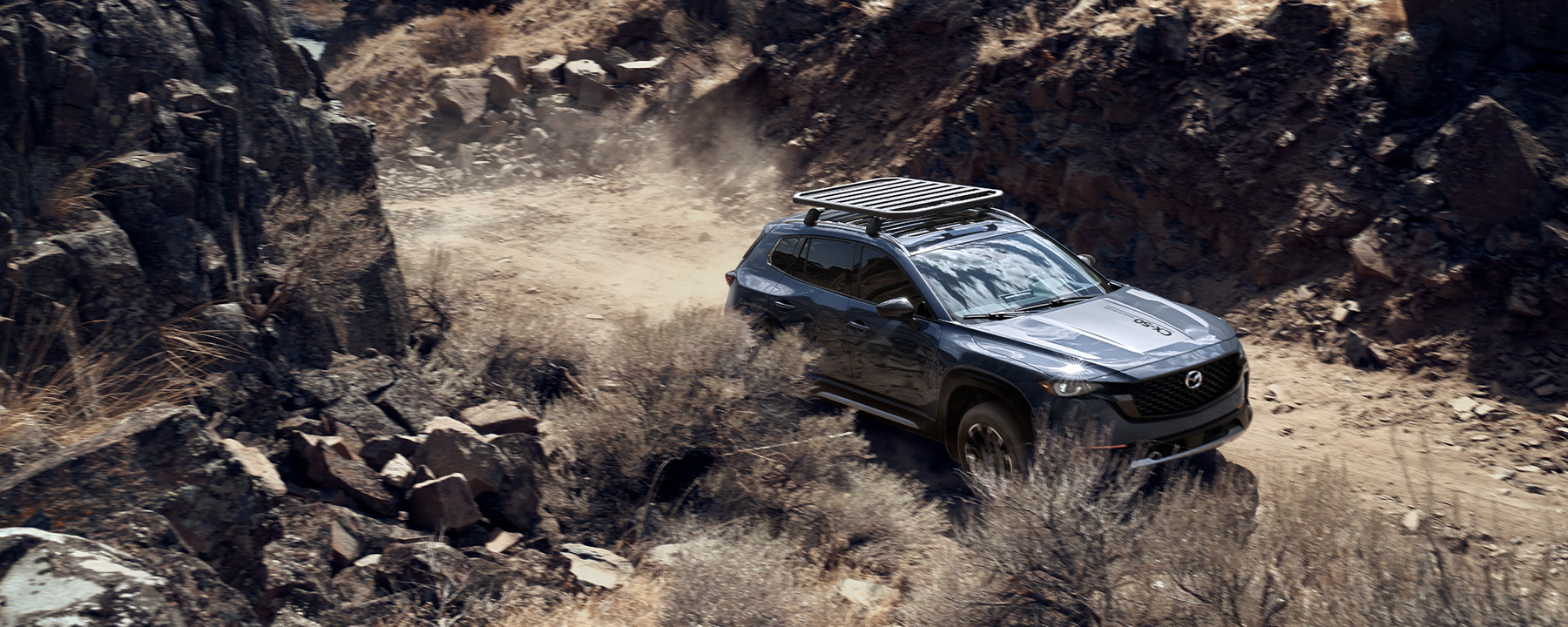Should I Buy An All-Wheel Drive SUV? Benefits of AWD SUVs

Quick facts about All-Wheel Drive:
When you’re exploring your SUV options, you will likely come across SUVs that offer four-wheel drive (4WD), all-wheel drive (AWD), and, occasionally, two-wheel drive (2WD).
While many crossover SUVs in today’s market offer AWD, you may wonder about the other options available to you, and whether you should opt for an AWD SUV over an SUV with another drive system.
This article on AWD SUVs will give you a better understanding of AWD and when it’s most useful and applicable to drivers. More importantly, it will help you decide if you want, need, or might enjoy an AWD SUV now or in the future.
What is AWD?
AWD systems can be either part-time or full-time. Part-time AWD systems require a driver to engage AWD manually, when they want or need the extra traction; full-time AWD systems are always engaged and are able to power both front and rear wheels as needed without any driver interaction. Since it’s not constantly sending power to four wheels, part-time AWD is typically more fuel efficient and is increasingly more common than full-time AWD.
AWD is sometimes best understood in relation to other common drive systems. For a closer look, please see our article: AWD vs. 4WD vs. 2WD.
Do all SUVs have four-wheel (4WD) drive?
No, not all SUVs have 4WD. For a long time, SUVs and 4WD were synonymous, which is why you hear SUVs sometimes called 4x4s. Traditional SUVs — those that are based on or built like trucks – still tend to be engineered with off-roading in mind and thus offer 4WD. 4WD gives the driver more choices regarding gearing and which wheels are being turned. These choices come in handy in driving conditions like deep snow, mountain trails, muddy logging roads, and so on.
Crossover SUVs (CUVs, or simply “crossovers”), which are often lumped in with traditional SUVs, were constructed with pavement driving in mind and typically offer AWD. CUVs are primarily car-based and are increasingly common on the road. Some CUVs, such as the Mazda CX-50, are more capable of driving off pavement, but there are limits to the capabilities of these AWD vehicles to handle truly off-road conditions.
All of Mazda’s crossover SUVs offer AWD
AWD is also offered in many other types of vehicles, including but not limited to performance luxury cars (gas and especially vehículos eléctricos), and some pickups and minivans.
Note that if you’re looking for an SUV with 4WD as your primary vehicle, you’ll likely want to look for one that offers a “4A” or “4WD Auto” system, sometimes called just “Auto.” This uses 2WD when driving your vehicle on pavement and dry highways for fuel efficiency but will automatically engage 4WD when it detects slippage or poor traction. This creates a seamless transition from 2WD to 4WD without the driver having to manually adjust settings or driving styles.

DRIVE WITH CONFIDENCE
Benefits of All-Wheel Drive SUVs
Although AWD SUVs have pros and cons, the advantages typically outnumber the disadvantages. Some of the primary benefits of AWD SUVs include:
● AWD systems can react to changing conditions faster than a human.
● SUVs with AWD offer improved steering response under throttle and less torque steer.
● Better acceleration in compromised driving conditions like snow, hail, and mud (although keep in mind that AWD is not a substitute for winter tires).
● Depending on the vehicle, an AWD SUV may tow more weight than a front-wheel drive SUV.
● May not require tire chains as often in mountain travel. Always check the regulations where you live regarding chain requirements.
● AWD vehicles potentially maintain a higher resale value
Downsides of AWD
● AWD/4WD drivetrains tend to weigh more than 2WD systems due to additional hardware like rear differentials and driveshafts, which can affect fuel efficiency.
● The added technology of AWD systems may come with a slightly higher price tag.
● Because FWD vehicles have fewer moving parts, they may require less maintenance than AWD vehicles.
Is an AWD SUV worth it?
If you want a powerful SUV and/or struggle with seasonal traction issues, an AWD SUV or CUV may be the right solution for your needs. Vehicles with AWD do typically cost a little bit more and have a lower overall fuel economy than their 2WD counterparts. However, in most cases, buyers tend to find that these minor “penalties” are outweighed by driving confidence and resale value.
Some trailers also lessen the weight on your vehicle’s front wheels, so all-wheel drive can provide more traction when towing in these circumstances. In fact, this is just one of the many reasons that all-wheel drive vehicles are often rated to tow more than their front-drive counterparts.
| Who Should Use an AWD SUV vs. FWD SUV? | Ideal Drivetrain | Why? |
| Suburban commuters dealing with winter weather | AWD | AWD helps maintain vehicle control in snow, slush, and ice without having to adjust driving habits. |
| Families with unpredictable schedules | AWD | Your life doesn’t stop for bad weather, and neither should your drop-offs, errands, and trips. |
| Drivers who prefer the most fuel-efficient and cost-effective option | FWD | FWD vehicles will typically be less expensive and get better mileage than AWD options (unless using a hybrid SUV). |
| Rural or unpaved road drivers | AWD | Whether you live around dirt roads, uneven pavement, or steep driveways, AWD offers extra stability and grip. |
| City-centric commuters in mild climates | FWD | Drivers who spend most of their time in flat, urban environments with minimal rain or snow likely don’t need AWD. |
| Off-road or overland enthusiasts | tracción en las 4 ruedas | The uneven or unstable surfaces in more extreme off-road environments may necessitate 4WD over AWD. |
| Safety‑first drivers | AWD | For maximum confidence in traction in nearly any situation, AWD is a welcome addition (even in cities). |
Looking for a family vehicle? Read our guide on choosing a family-focused SUV.
Is AWD only useful for off-roading?
No. While AWD is certainly beneficial off paved roads, it can also be useful any time the driver is accelerating. Situations where AWD can make a significant difference in your traction and safety include:
● Going up a wet boat ramp
● Crossing a short stretch of beach or sand dunes
● Accelerating from a stop on a slushy surface
● Merging on a short, slippery onramp
● Merging onto a highway in the rain
● Heading up a snowy mountain
● Climbing a steep driveway covered in ice
● Climbing a winding road covered in wet leaves
Clearly, these scenarios can vary from uncommon, rare circumstances to everyday occurrences, depending on where you live and where you typically drive. Those who opt for AWD may choose it to provide extra support in their everyday driving conditions, or for some extra peace of mind in the event that they do encounter a scenario where extra traction would be useful.
Do you need an AWD SUV?
The answer to this question comes down to your driving needs and preferences. AWD can be very useful in any of the conditions outlined above or similar (snow, rain, steep driveways, hills, etc.). If it never snows or gets icy where you live, or if you never take your vehicle on more adventurous travel routes, it can still improve vehicle handling overall and may be beneficial at resale or trade-in.
Mazda i-Activ AWD®
If you’re looking for an SUV that maximizes confidence and has advanced traction systems for grip in rainy or snowy conditions, a Mazda crossover might be the right fit. Mazda’s i-ACTIV AWD® system delivers real-time, proactive torque distribution for nearly every driving condition. This system constantly monitors data from a variety of vehicle systems to determine the wheels with the most traction and delivers power accordingly, providing a smooth, confident, driving experience.
To learn more and experience the difference of driving a Mazda, explore Mazda’s line of vehicles online or take one for a test drive at a Mazda Dealer near you.
Mazda’s i-Activ AWD®
Mazda’s i-ACTIV AWD® system delivers real-time, proactive torque distribution for every driving condition. A predictive system uses a range of sensors to constantly monitor the road, the wheels, and more.
Mazda’s i-ACTIV AWD® system is standard on all Mazda crossovers and optional on the Mazda3 Sedan and Mazda3 hatchback. Both the Mazda CX-90 y Mazda CX-90 PHEV offer a rear-biased version of i-ACTIV AWD® for the same benefits and excellent handling.
To learn more and experience the difference of driving a Mazda, explore Mazda’s line of vehicles online or take one for a test drive at a Mazda dealer near you.
Este artículo está previsto para fines informativos generales únicamente y se basa en la última información de la competencia disponible al momento de la publicación. La información incluida aquí está sujeta a cambios sin previo aviso y no impone obligación alguna a Mazda. Revisa diversos recursos antes de tomar una decisión de compra. Visita el centro de recursos para leer más artículos.


